Penstemon virgatus, Upright Blue Beardtongue
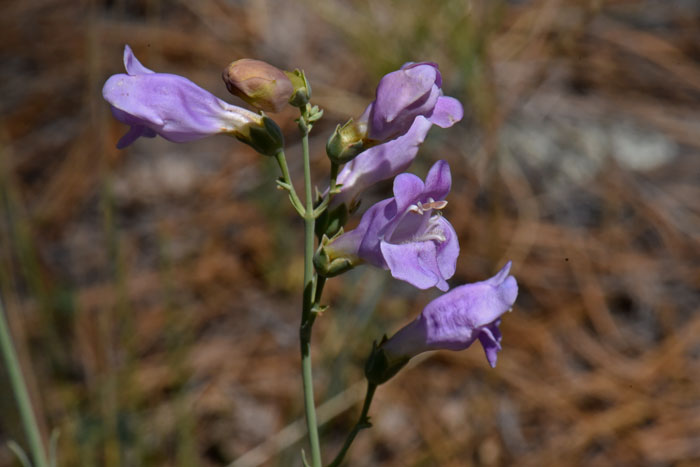
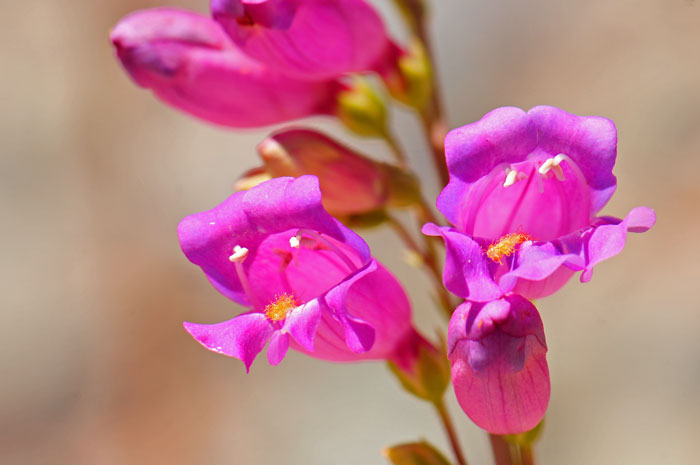
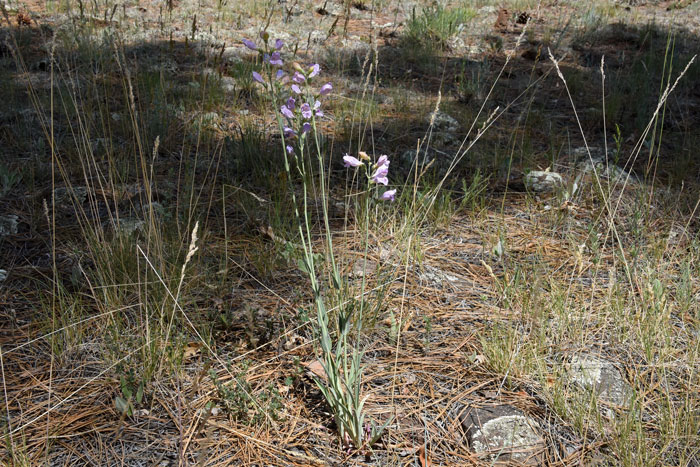
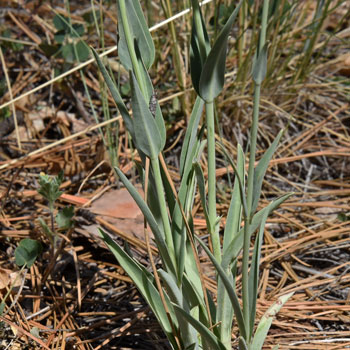
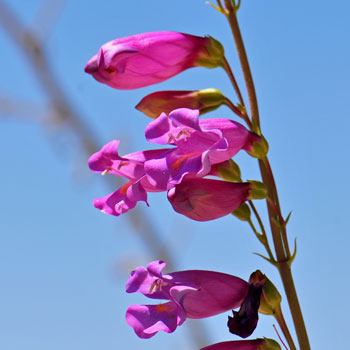
Scientific Name: Penstemon virgatus
Common Name: Upright Blue Beardtongue
Also Called: Upright Blue Penstemon
Family: Scrophulariaceae, Figwort or Snapdragon Family - Moving to Plantaginaceae
Synonyms: (Penstemon virgatus subsp. virgatus)
Status: Native
Duration: Perennial
Size: Up to 3 feet more or less. (calculated)
Growth Form: Forb/herb; herbage glaucous.
Leaves: Gray-green, glaucous; narrowly heart shaped, to narrowly lanceolate.
Flower Color: Pink, pale violet, purple; corolla has deep purple "guide lines" in the throat.
Flowering Season: Summer; May to July.
Elevation: 5,000 to 11,000 feet.
Habitat Preferences: Pine woodlands and mountain meadows.
Recorded Range: Penstemon virgatus is relatively rare in the United States where it is found in Arizona and New Mexico only. In New Mexico it is found over a large geographic area, mostly on the west ½ of the state. In Arizona it is found in a large geographic area mostly in the northern ½ of the state and also southeast in Cochise County.
North America & US County Distribution Map for Penstemon virgatus.
U.S. Weed Information: No information available.
Invasive/Noxious Weed Information: No information available.
Wetland Indicator: In North America Penstemon virgatus has the following wetland designations: Arid West, FACU; Great Plains, FACU; Western Mountains, Valleys, and Coast, FACU.
FACU = Facultative Upland, usually occur in non-wetlands, but may occur in wetlands.
Threatened/Endangered Information: No information available.
In the Southwestern United States, Arizona there are 43 species of Penstemon, in California there are 55 species, Nevada has 50 species, New Mexico has 47 species, Texas has 24 species, Utah has 73 species. All data is approximate and subject to taxonomic changes.
Comments: Penstemon virgatus is not a desert Penstemon and is found upward of 5,000 feet in pine communities and mountain meadows.
Penstemon virgatus has been used as 'life medicine' South American indigenous peoples.
Navajo, Ramah Drug, Panacea, Whole plant or root used as 'life medicine.'
See ethno-botanical uses at Native American Ethnobotany, University of Michigan, Dearborn.

